ADXL345 3-Axis Accelerometer Module Overview
The ADXL345 3-axis accelerometer module is a compact, low-power digital sensor that measures acceleration across X, Y and Z axes with high precision. With selectable measurement ranges and both I2C and SPI interfaces, this module is ideal for makers, hobbyists and professional developers who need reliable motion sensing for prototypes and final products.
Key Features and Specifications
- Sensor: ADXL345 3-axis digital accelerometer
- Measurement ranges: ±2g, ±4g, ±8g, ±16g
- Resolution: Up to 13-bit measurement resolution
- Interfaces: I2C (default) and SPI for reliable digital communication
- Data rate: Selectable output data rates from approximately 0.10 Hz to 3200 Hz
- Built-in functions: FIFO buffer, tap/double-tap detection, free-fall detection, activity/inactivity and orientation sensing
- Power: Typical 3.3 V operation with low-power modes for battery devices
- Form factor: Small, breadboard-friendly module footprint
Built-in Motion Detection and On-Board Features
- Tap and double-tap detection for gesture-based controls
- Activity and inactivity interrupts to trigger events without constant polling
- Free-fall detection for impact and crash sensing
- FIFO buffer to batch sensor readings and reduce host CPU load
- Orientation detection for tilt and face-up/face-down sensing
Why Choose the ADXL345 Accelerometer Module
The ADXL345 module offers a balanced combination of precision, flexibility and energy efficiency. Hardware-based detection and interrupt outputs reduce software complexity and enable fast, event-driven designs. Digital interfaces and wide community support make integration straightforward.
Technical Benefits
- Accurate X, Y and Z acceleration data with selectable sensitivity to match different motion profiles
- Hardware interrupts for immediate responses without continuous polling
- FIFO buffering for efficient data handling during motion bursts
- Low-power sleep and standby modes to extend battery life in portable applications
Common Applications and Use Cases
- Motion sensing and orientation detection in wearables, handheld devices and smartphones
- Impact detection and logging for sports equipment, packaging and crash sensors
- Gesture recognition and tap control for user interfaces and controllers
- Stabilization and inertial assistance for drones, gimbals and robotics
- Vibration analysis and predictive maintenance in industrial monitoring systems
Integration and Compatibility
The ADXL345 module is designed for rapid prototyping and production. Use I2C for simple multi-sensor buses or SPI for higher speed and deterministic timing. Libraries and example code are widely available for Arduino, Raspberry Pi and common microcontrollers.
Supported Platforms
- Arduino (Uno, Mega, Nano and compatible boards)
- Raspberry Pi (all models with I2C/SPI support)
- ESP32, ESP8266 and other common microcontrollers
Power and Performance Considerations
- Operate typically at 3.3 V. Do not apply 5 V to the sensor pins.
- Select lower data rates and enable low-power modes to maximize battery life.
- Use the FIFO and interrupt features to minimize host CPU wake-ups and conserve energy.
Quick Start Guide
- Supply the module with 3.3 V and connect GND.
- For I2C: connect SDA and SCL. For SPI: connect MOSI, MISO, SCLK and CS.
- Install an ADXL345 library for your platform to read acceleration data and configure the sensor.
- Enable interrupts and FIFO in firmware for efficient, event-driven sensing.
Technical Specifications Summary
- Sensor: ADXL345
- Axes: 3 (X, Y, Z)
- Ranges: ±2g / ±4g / ±8g / ±16g
- Resolution: Up to 13-bit
- Interfaces: I2C, SPI
- Power: Typical 3.3 V operation, low-power modes supported
Conclusion
The 3-Axis Accelerometer Module ADXL345 is a versatile, high-performance sensor suitable for a wide range of motion-sensing projects. It provides the precision, on-board detection features and easy integration needed to add reliable motion awareness to prototypes and end products.

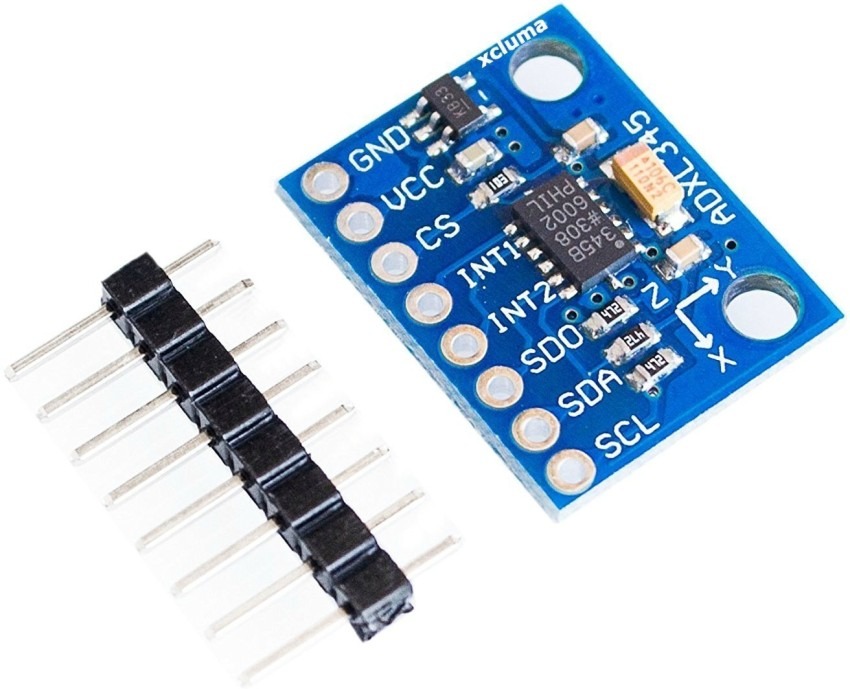
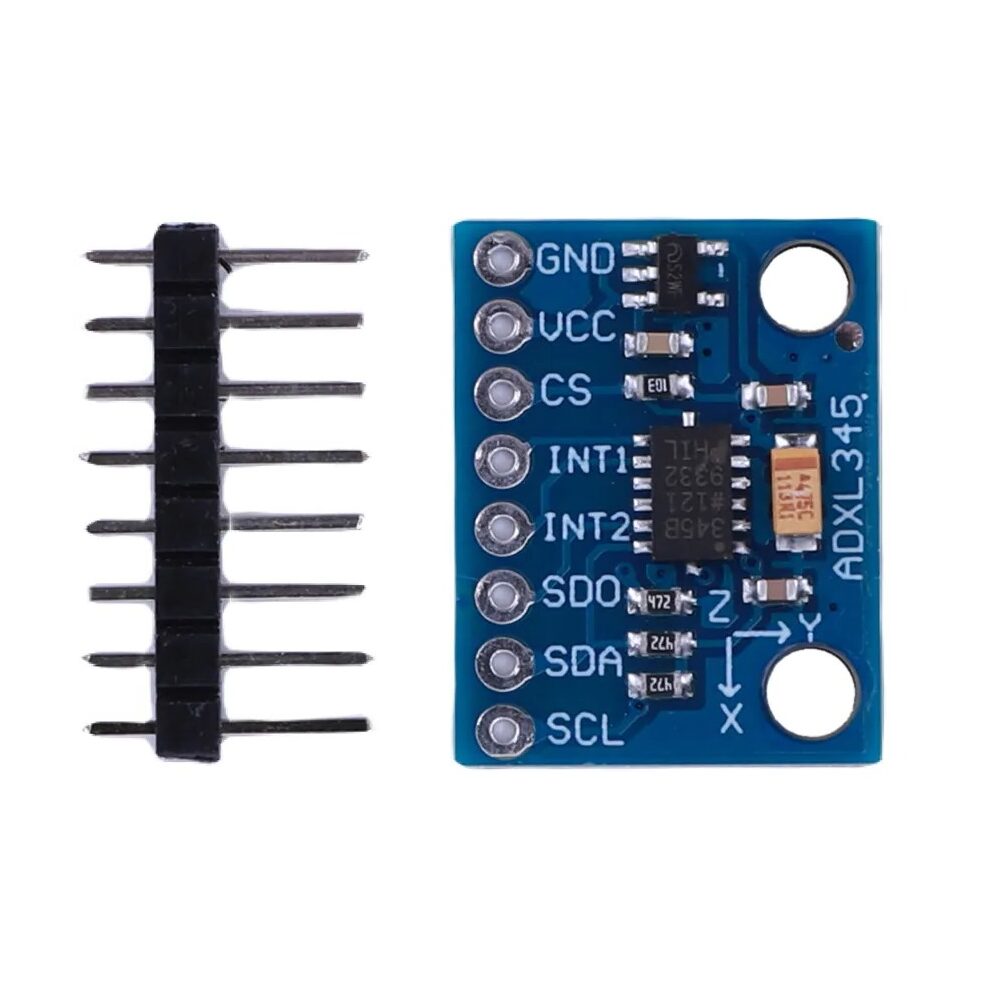
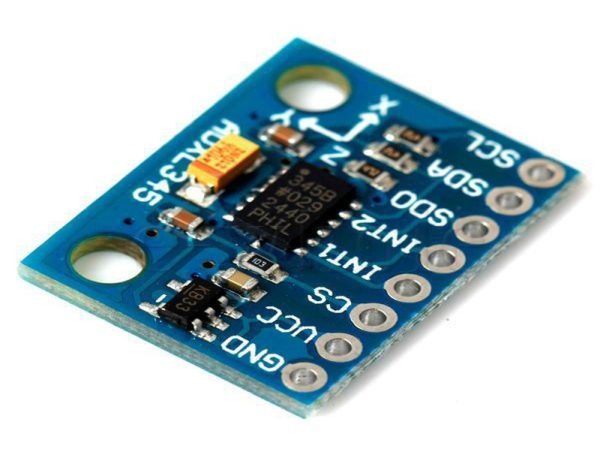

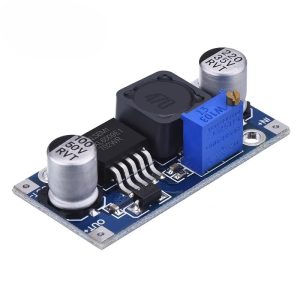

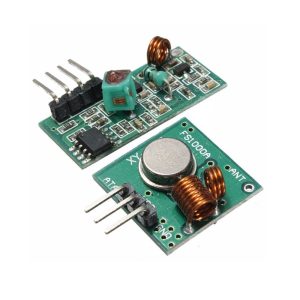
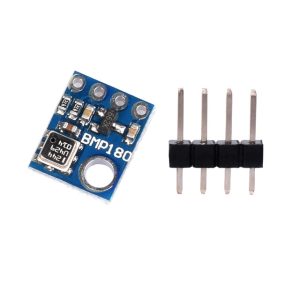

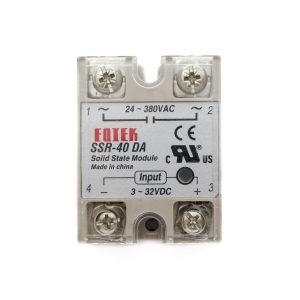
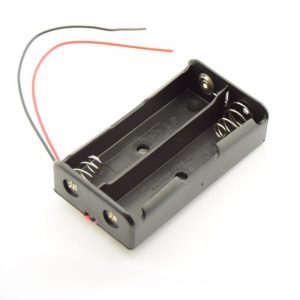
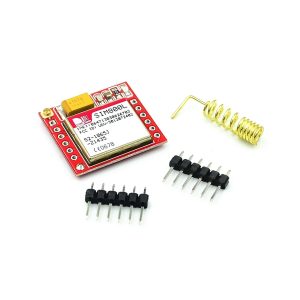
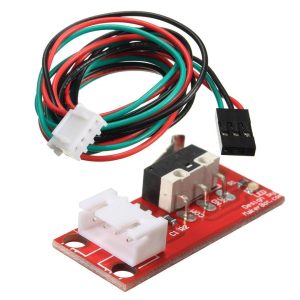
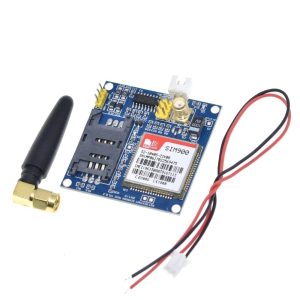

There are no reviews yet.